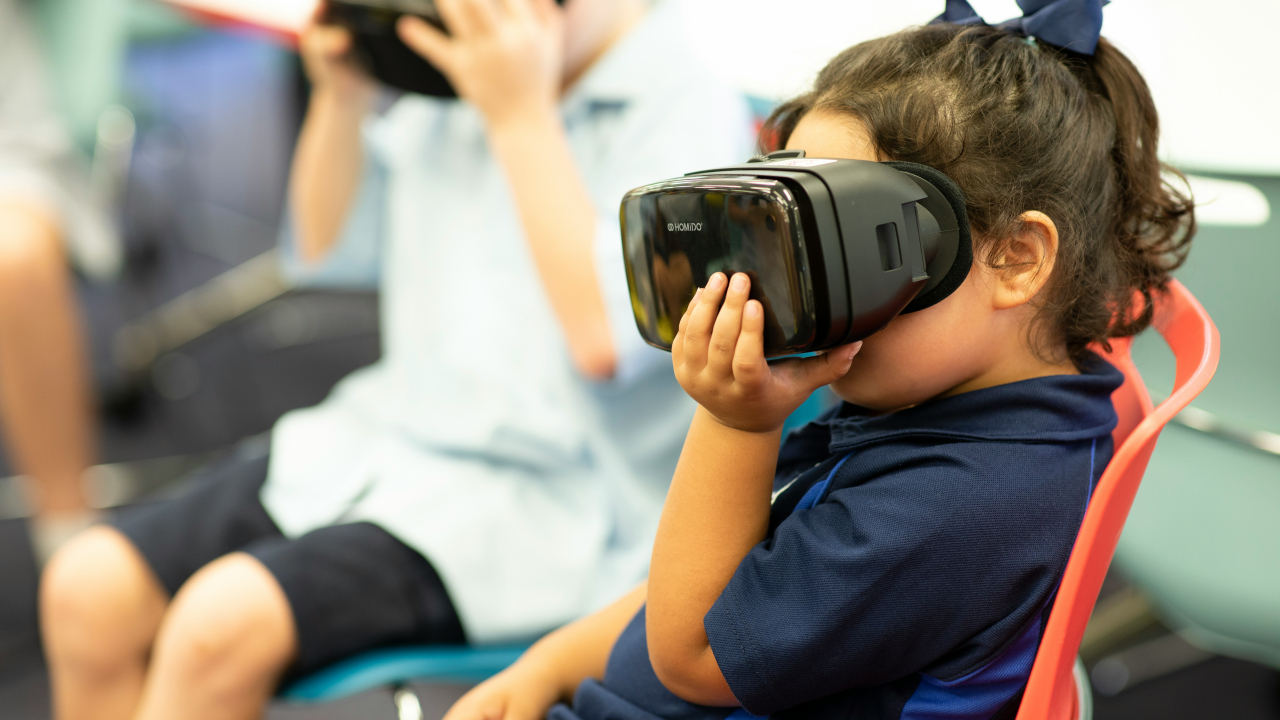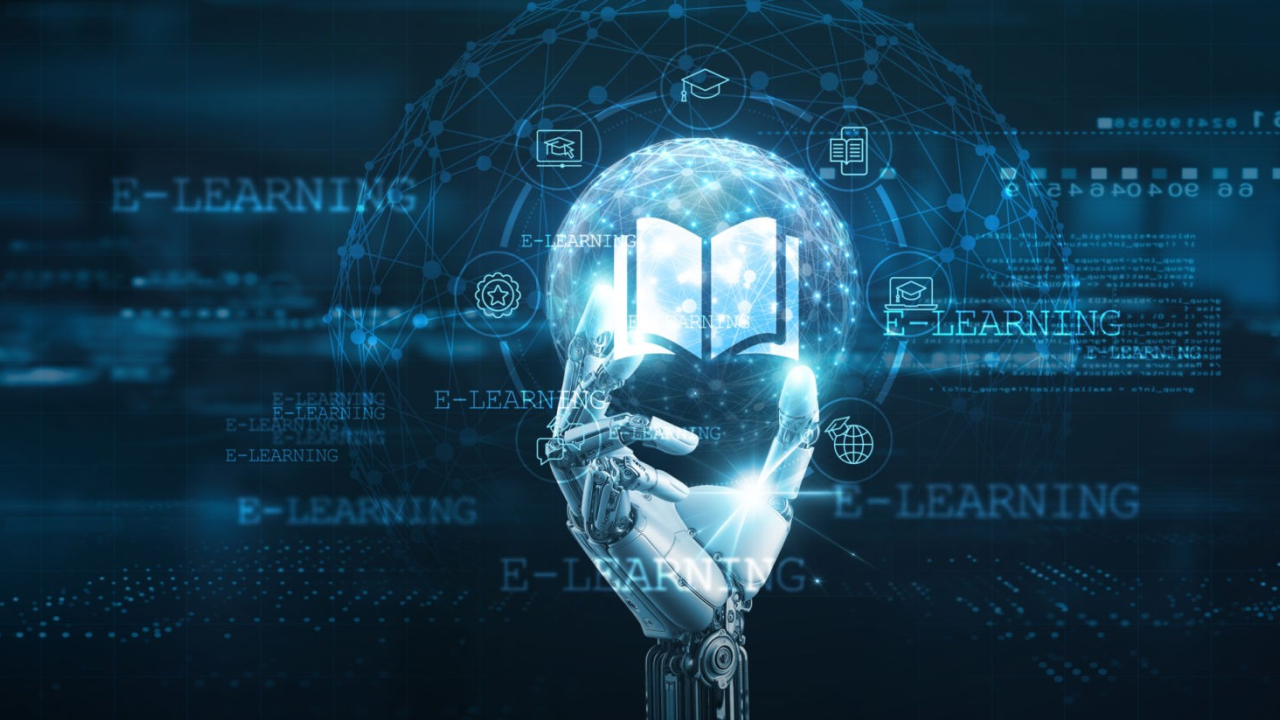Gaming in Education: Unlocking Engagement, Creativity, and 21st-Century Skills
Abstract In today’s digital era, traditional pedagogy is evolving to meet the needs of modern learners. By integrating game-based learning and gamification into the curriculum, educators can boost engagement, nurture resilience, and cultivate critical 21st-century competencies.

Key Takeaways
-
Game-based learning (GBL) and gamification are distinct but complementary strategies for classroom engagement.
-
GBL fosters active participation, safe failure, personalized pathways, and the “4Cs”: collaboration, creativity, communication, critical thinking.
-
Successful implementation requires balanced screen time, equitable access, and robust teacher training.
-
Emerging technologies—AR, VR, AI—are poised to deliver even more immersive, adaptive learning experiences.
1. The Rise of Educational Gaming
Across K–12 and higher-ed settings, platforms such as Minecraft: Education Edition, Kahoot!, Roblox Studio, and Scratch are transforming how subjects are taught. From constructing ancient civilizations in Minecraft to coding physics simulations in Kerbal Space Program, games have evolved into dynamic learning ecosystems. A 2023 ISTE report found that game-based learning increased student engagement by 20% and retention by 15%1. Beyond academics, these gains extend to social-emotional skills: perseverance, teamwork, and self-regulation.
2. Game-Based Learning vs. Gamification
Game-Based Learning (GBL)
Uses full-fledged educational games with embedded learning objectives. Examples are Civilization VI for historical analysis and strategic decision-making, and Kerbal Space Program to teach orbital mechanics and engineering concepts.
Gamification
Applies game elements—points, badges, leaderboards—to non-game contexts. This method powerfully motivates when aligned with clear learning outcomes (e.g., awarding badges for mastering algebraic concepts).
In fact, both strategies, when seamlessly integrated, create differentiated pathways that appeal to diverse learner profiles.
3. Why Gaming Works
Gaming works mainly because of the following reasons:
3.1 Active Participation
Games move students from passive consumption to hands-on exploration. Puzzles, quests, and construction tasks require them to analyze, hypothesize, and make strategic choices—activities that deepen conceptual understanding and spark intellectual curiosity.
3.2 Safe Failure and Resilience
By design, games encourage trial and error. When failure is reframed as a learning step rather than a setback, students develop a growth mindset. Each retry builds confidence, grit, and the willingness to tackle real-world challenges without fear of judgment.
3.3 Personalized Learning Paths
Adaptive algorithms in many educational games adjust difficulty in real time, scaffolding instruction for learners at different proficiency levels. Struggling students receive hints and simpler tasks, while advanced learners unlock deeper challenges—ensuring no one gets left behind.
3.4 Cultivating the 4Cs
-
Collaboration: Multiplayer quests foster teamwork and digital citizenship.
-
Creativity: Sandbox environments allow students to design original artifacts and narratives.
-
Communication: In-game objectives often require clear instructions and peer feedback.
-
Critical Thinking: Complex simulations encourage evaluation of multiple strategies before choosing an optimal path.
3.5 Inclusivity and Multisensory Support
Game-based tools inherently support visual, auditory, and kinaesthetic learners. Features such as adjustable text size, text-to-speech, and haptic feedback make games accessible to students with ADHD, dyslexia, and other learning differences—promoting equity in the classroom.
4. Practical Classroom Applications
-
STEAM & Coding: Platforms like Tynker and CodeCombat demystify programming through engaging storylines and real-time debugging.
-
Language Learning: Narrative-driven games boost vocabulary, sentence structure, and speaking skills.
-
Mathematics & Logic: Puzzle games develop sequencing, pattern recognition, and computational fluency.
-
Social Studies & Global Awareness: GeoGuessr and Civilization series spark geographic exploration and historical inquiry.
-
Arts & Design: Tools like Roblox Studio empower students to prototype games, digital posters, and animated shorts.
5. Implementation Considerations
While gaming offers many benefits, educators should be mindful of a few key points that may hinder the desired outcomes. Educators and school leaders should:
-
Balance Digital & Hands-On Learning: Schedule screen breaks and integrate offline, and project-based activities.
-
Ensure Equitable Access: Audit device and connectivity availability; and provide alternative offline exercises.
-
Invest in Teacher Training: Offer workshops on game selection, alignment with standards, and formative use of in-game data.
-
Embed Reflection: Use debrief sessions, journals, and peer reviews to connect gameplay with curricular goals.
6. The Future: AR, VR & AI in Gaming
Augmented Reality (AR) and Virtual Reality (VR) promise immersive simulations—from walking through ancient Rome to conducting virtual chemistry labs—while Artificial Intelligence (AI) drives sophisticated adaptive engines that monitor student inputs and tailor challenges instantaneously. As costs decline and infrastructure improves, these technologies will further democratize high-quality, engaging learning experiences globally.
Conclusion
Gaming in education transcends fad status; it’s a pedagogical revolution. By altering play to foster engagement, resilience, and higher-order thinking, educators can craft more inclusive and impactful learning journeys. Thoughtful integration of games—and the emerging AR, VR, and AI tools—offers a roadmap to equipping students with the creativity, collaboration, and critical thinking they need to thrive in the 21st century.
By Mayada, GESS Educational Contributor
Stay up to date
Subscribe to the free GESS Education newsletter and stay updated with the latest insights, trends, and event news every week. Your email address will remain confidential

